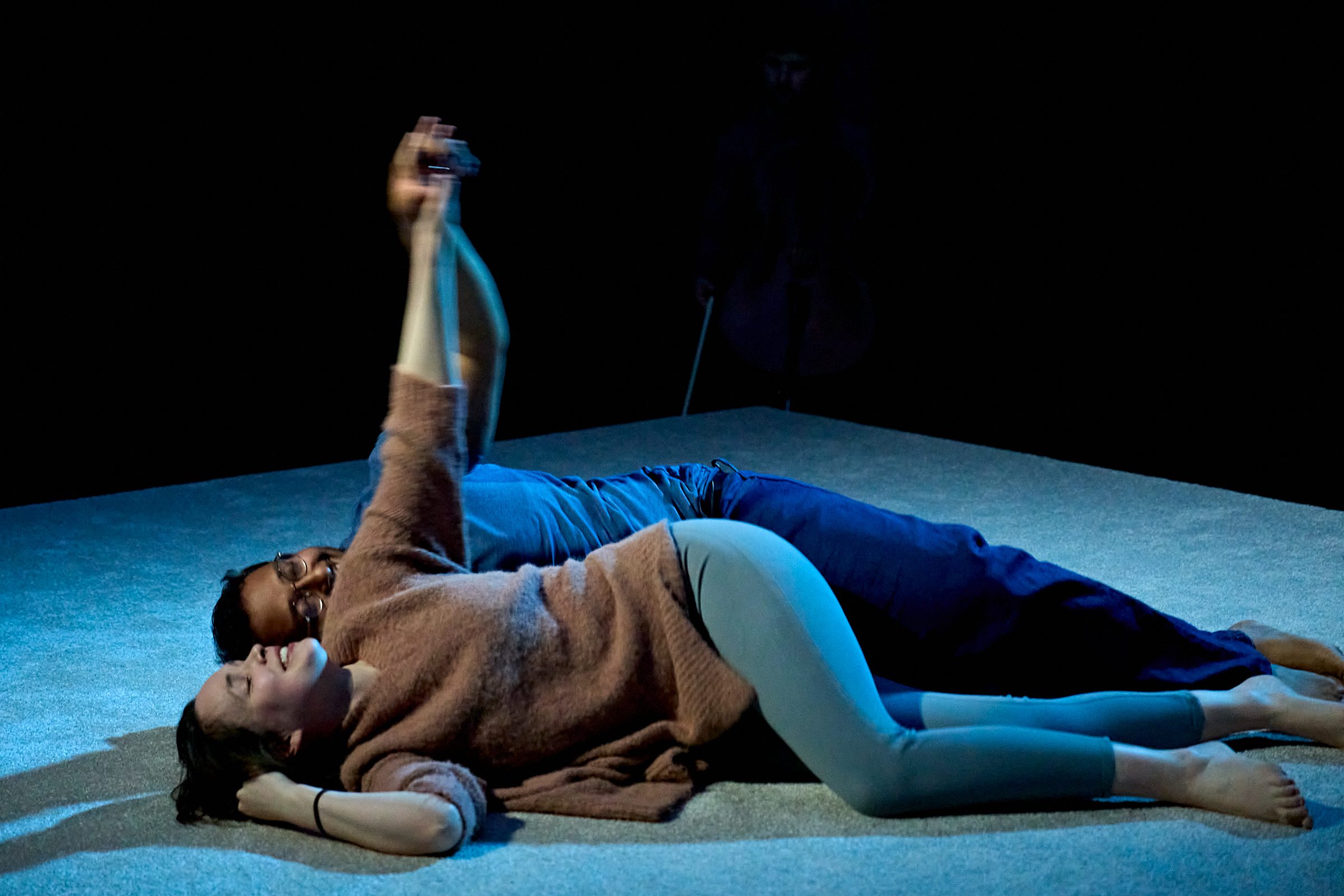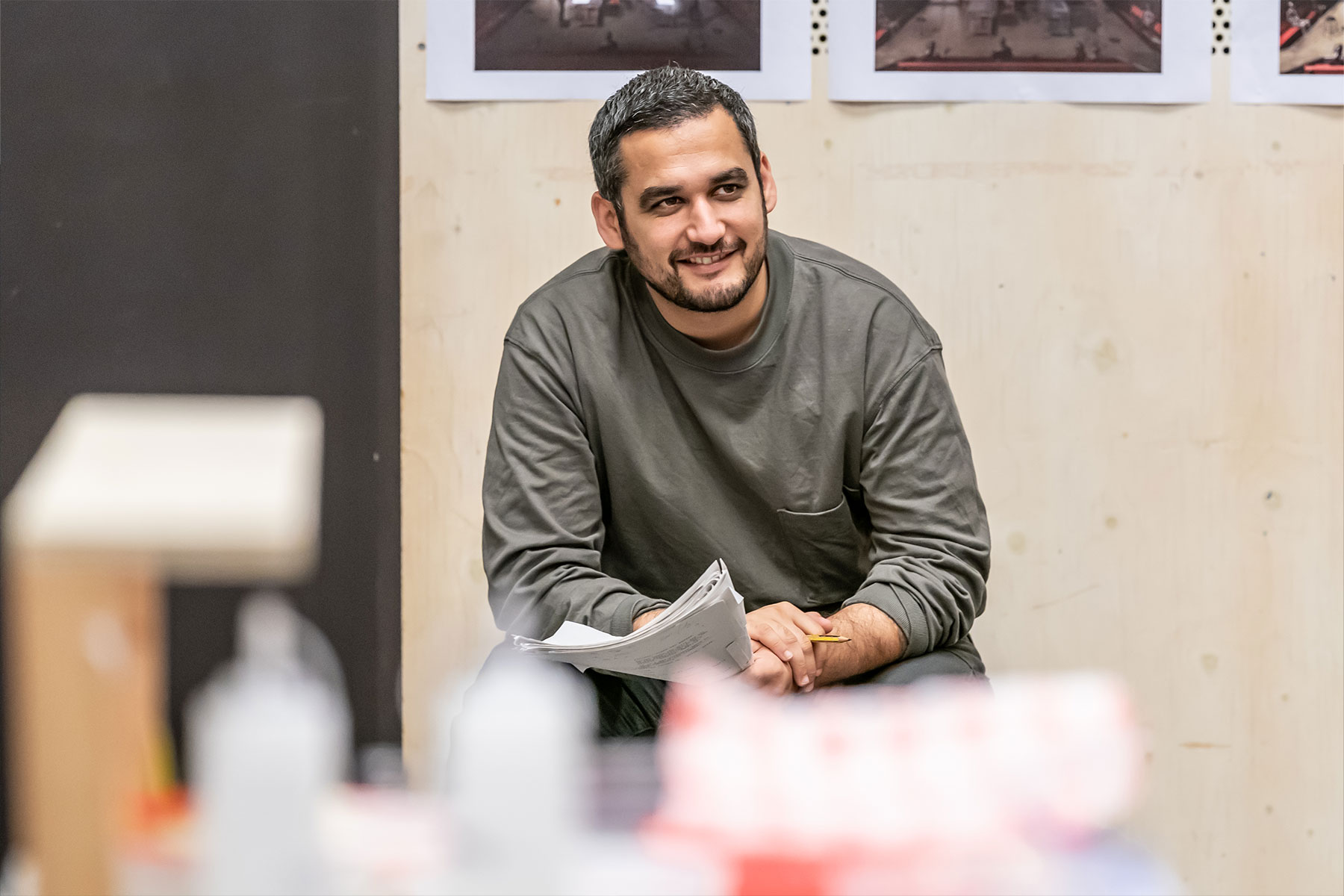Michael Coveney: Barbican shows Surreal is so real
Last night’s opening was hilariously programmed alongside a Valentine’s Day concert promoted by Raymond Gubbay, so that serious beardy types and chic trans-national culture vultures mixed in the public areas with cavorting couples holding red roses and pink balloons. And how nice to see one pair canoodling (by mistake?) in the front row of Rhinoceros.
But the Barbican’s flirtation with surrealism is by no means transient. Dancing around Duchamp, a season of cross-disciplinary events celebrating Marcel Duchamp’s art (is it?) and influence, runs until June.
And central to it is a deliciously tasteful, bonkers but touchingly pure and minimalist exhibition in the cheerless third floor gallery: The Bride and the Bachelors, brilliantly arranged by French artist Philippe Parreno, cheekily casts Duchamp as the bride in his own large glass standing puzzle, while the bachelors – who stripped her bare beneath – are proclaimed as John Cage, Merce Cunningham, Robert Rauschenberg and Jasper Johns.
When these latter American artists discovered that Duchamp, dada of Dada, and many years their senior, was living in New York, they felt validated in their experimental work and indeed, as the exhibition shows, developed these experiments into their own indigenous form of European surrealism.
Randomness and chance were at the root of it: Cage would concoct a score around long threads he’d let fall to the floor; Cunningham would arrange a dance performed to a Cage score that the dancers had never heard before they went on the stage; Rauschenberg would put paint on a car tyre and drive that car over paper on the street where he lived, then put that paper in a frame on a wall; and Johns would use pre-existing symbols, or “found” objects, to make paintings that were similar to Duchamp’s ready-made exhibits of toilet bowls, bicycle wheels, furniture and nick-nacks.
The effect is to suggest a lean, mean corridor of self-consciously, painstakingly achieved provocation dividing Modern Art from Pop Art. I was surprised at how beautiful and moving I found it all. You can even examine Cage scores that include his crossings-out, or Rauschenberg collages that include mistakenly attached “rub offs” from the cardboard packaging of his materials.
“I don’t believe in art,” said Duchamp, “I believe in artists,” a sentiment that might comfort those currently disappointed in the latest Robert Lepage work at the Roundhouse. Everything Lepage does always strikes me as a work in progress. It’s very possible, anyway, that nothing is ever “finished” in a play or a performance, and the more I think about this, the more I think that this possibility is possibly profoundly true.
Most of us timidly practise a meat-and-two-veg sort of practical criticism, assessing the meal in terms of its composition, flavour, ingredients and, especially, acceptable levels of popularity. But artistic gastronomy is something else, surely, the discussion of what might happen, or the opposite of expectation, the denial of the obvious, the negation of standards.
The eye-opener for me at the Barbican is the simplicity and innocence of the work. It suddenly doesn’t seem at all absurd to put four white squares on a wall and call them a painting, just as when Cage composes 4 minutes, 33 seconds of silence for a pianist, it doesn’t strike me as any less musical than a Hungarian Rhapsody or a piano sonata.
You really can define music by its absence. I don’t need to listen to Beethoven or Schubert any more in order to hear them. And performances in the theatre live on for me as powerfully as when I first saw them. Also, there is no such thing as silence anyway. What is amazing is that all of these concepts were brilliantly extrapolated fifty years or more ago, and still people have trouble dealing with them.
One of the most striking elements of the exhibition is the sound loop of piano, voices and rumbling throughout the show, a soothing, occasionally ragged, obbligato of random notes and washes of musical noise that take on a hypnotic, and then disturbing, quality. Every five minutes, you really do feel as though someone has started playing “live” in the gallery, and dash round a corner to take a peek, but that’s yet another illusion.
Except that it wasn’t, quite, last night: on Thursdays, and at weekends, in the early evening, the gallery is invaded by dancers animating Merce Cunningham choreographies made up of sections taken from collaborations between Duchamp, Cage and Rauschenberg.
Three dancers, sleek as seals, writhed and teetered on the brink of absurdity with a wonderful grace and elegant repertoire of extended and curvaceous gesture. What’s it all about, Alfie? Physical beauty and purity of line, mate, quivering musical sensitivity, youthful ardour. Isn’t that enough? It might even be far too much.










